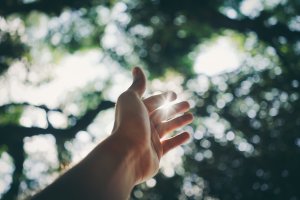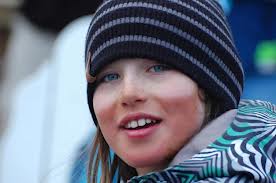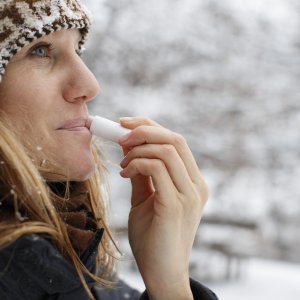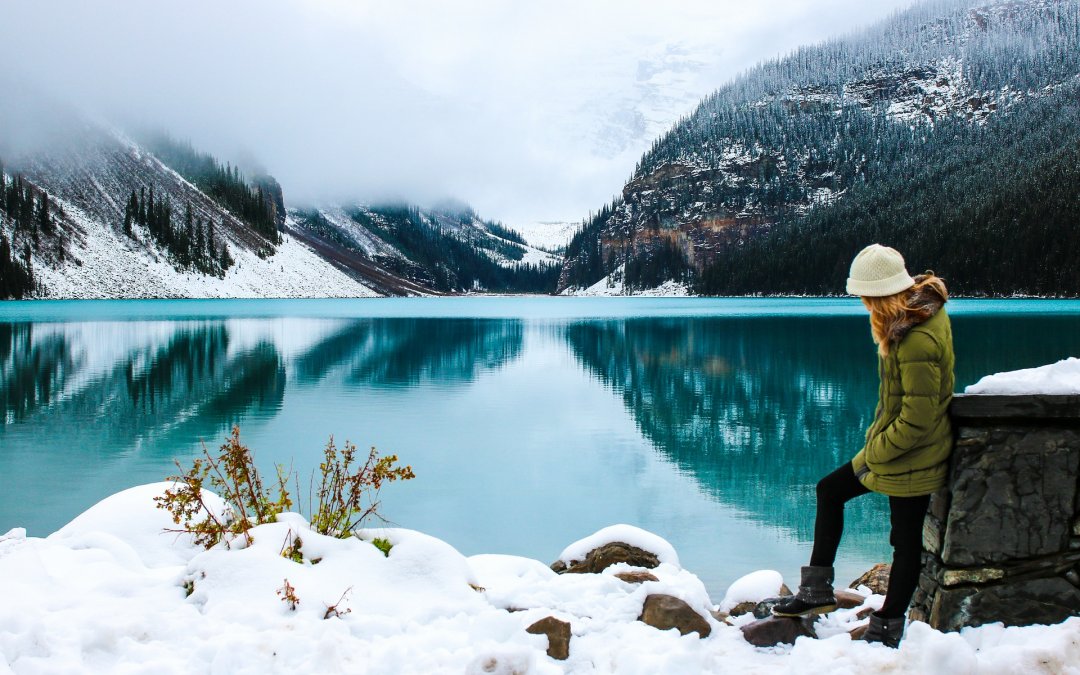CAN YOU GET SUNBURNT IN WINTER?
Just because the sun isn’t out or it’s cloudy doesn’t mean you shouldn’t slop on some sunscreen.
Sun damage is possible in most conditions. Whether it’s overcast, windy or even just a cool day, you are not protected from the UV rays.

Sun damage is influenced by ultraviolet (UV) radiation, not the temperature outside. Even though it’s a cool or overcast day in winter can have similar UV levels to a warm, sunny day. In fact, UVA radiation is higher in the winter months. UVB radiation decreases during the winter months but dangerous UVA radiation is still in full force … and for the whole day! Both UVA and UVB contribute to skin cancer. However, UVA is thought to play a more dramatic role in premature aging.
Beward of the wind
What catches most people out is the wind. If it’s windy and you get a red face, it’s likely to be sunburn, which people often confuse with windburn. The first place to catch the sun is our noses – becoming rosy red.
UV rays can penetrate through overcast conditions, magnifying off the snow and reflecting off the ice can sunburn any exposed skin. It’s even known that mountaineers can get sunburn up their nose and in the roof of their mouth. Commonly, the nose, tops of the ears and lips are burnt at altitude.

Interestingly, the UV rays are more dangerous in higher altitudes than a day at the beach. The air is thinner and sun more intense which equals – sunburn! For every 1,000 feet you climb in altitude, your UV exposure goes up by 4%.
Some people like to start their base tan in winter, believing it’s a good start as they enter spring and summer. Any unprotected sun expsure will create skin damage. There is no such thing as a safe tan.
So what to do? Start with applying sunscreen on exposed skin when you go outdoors. Where a broad brimmed hat. Lip balm with SPF is essential to stop burning and cracking of lips. Polarised sunglasses will protect your eyes.

We encourage our groups to bring their own SPF sunscreen for their stay with us.
For more information on what to bring on camp go to our blog posts here.
For a short video on sun protection while bushwalking / hiking click here.


Recent Comments